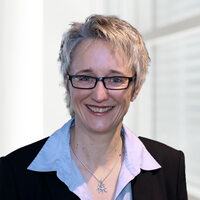In this edition of BEYOND SURFACES we put the focus on ‘Intelligent Material Processing’. It is not just about how we are making intelligent materials processing a reality, but we also want to offer you glimpse of what the future could hold for this exciting technology.
The constant demand for lighter and stronger materials, the need for higher productivity and energy efficiency, improving environmental sustainability and coping with scarce resources are just some of the key challenges that our customers face. We at Oerlikon help our customers to overcome these obstacles, find sustainable solutions and achieve better results. How do we do this? Read the new BEYOND SURFACES and find out!




































